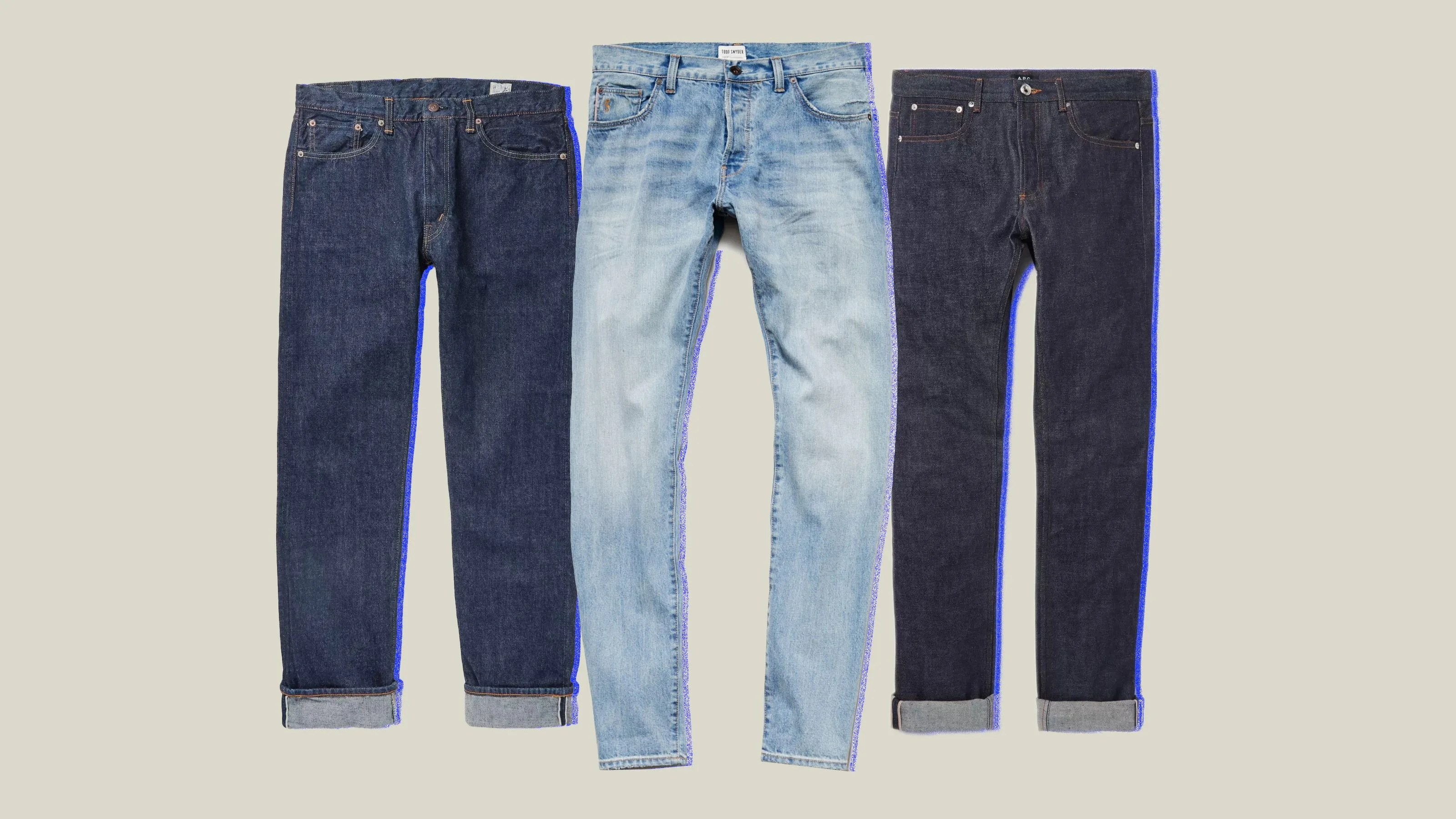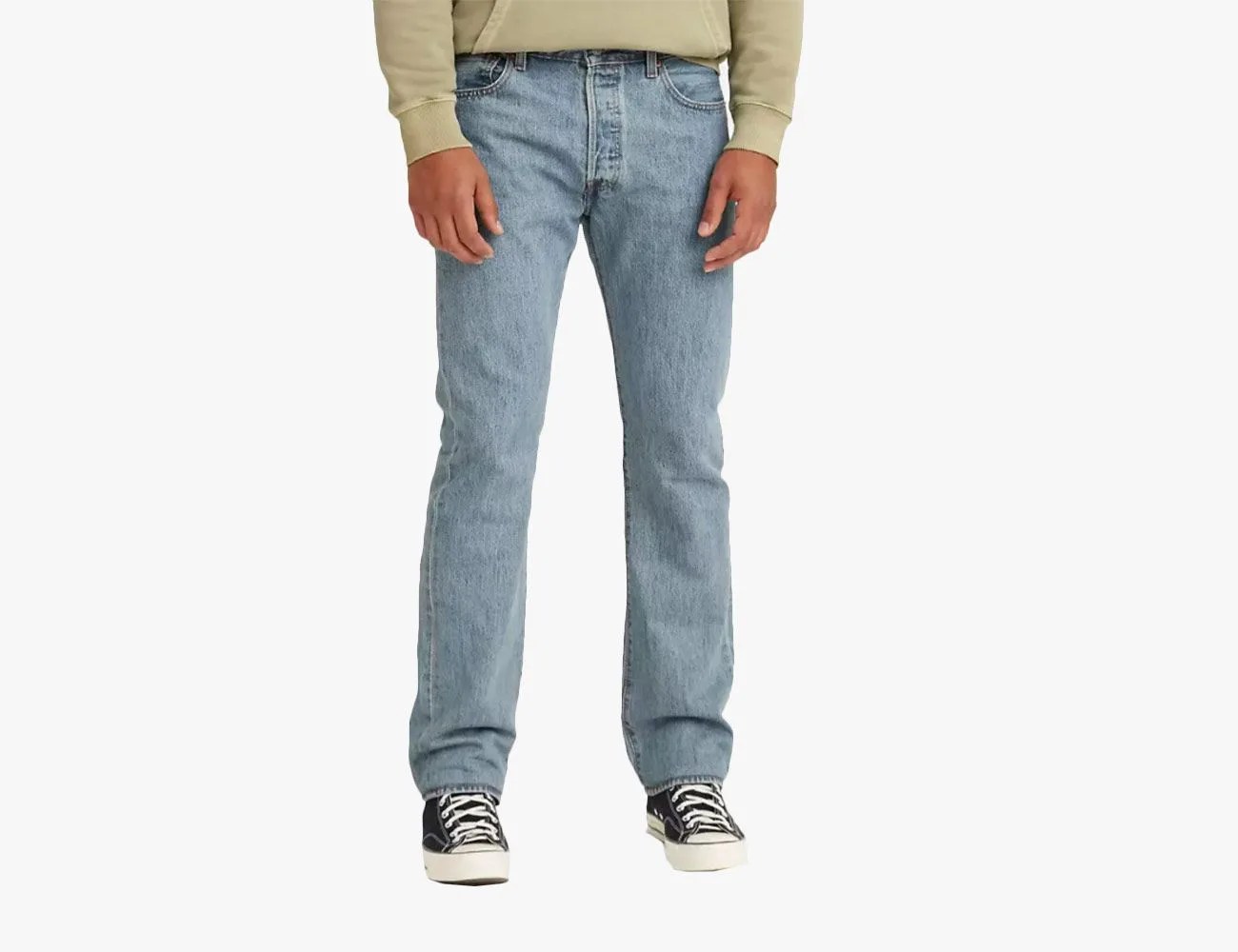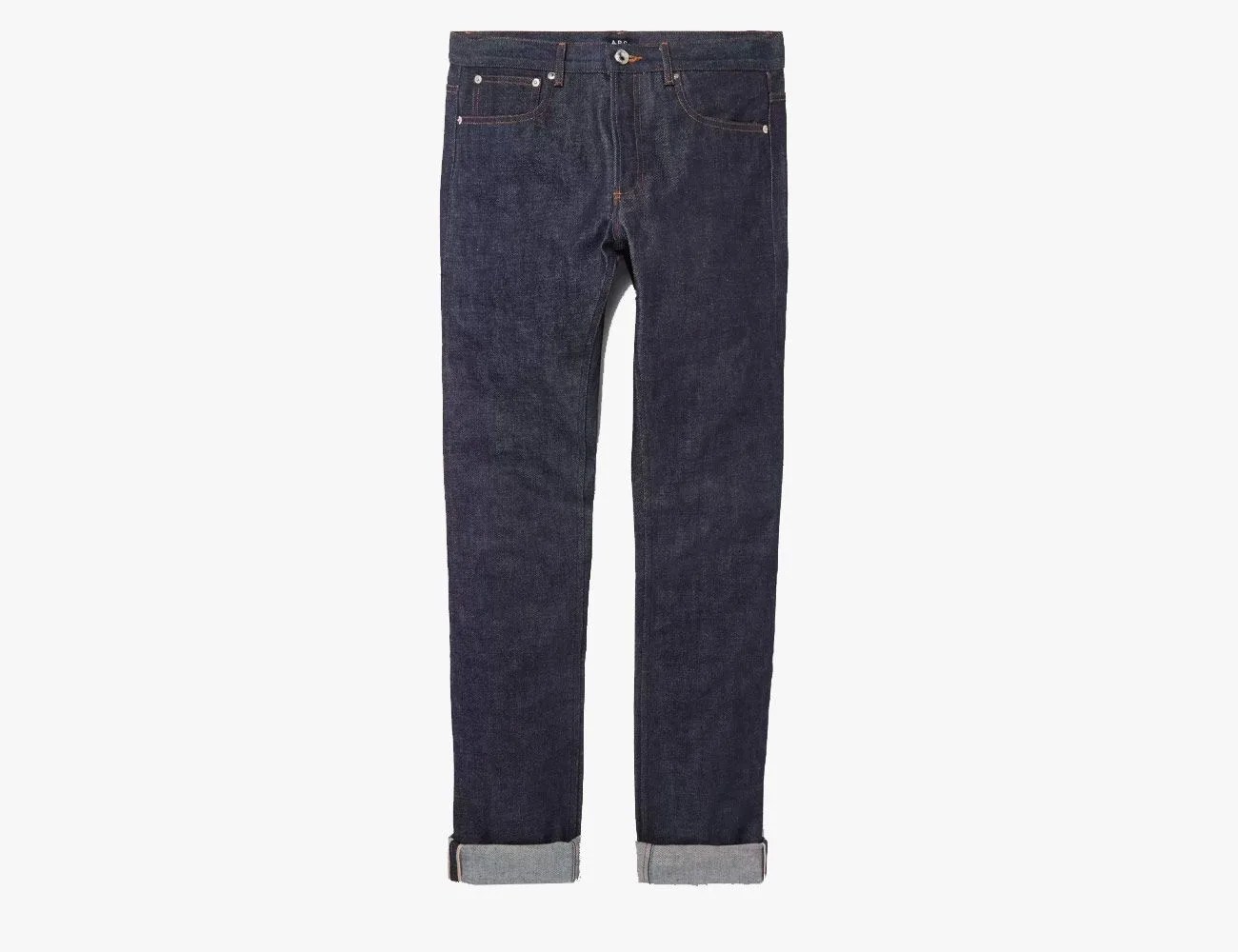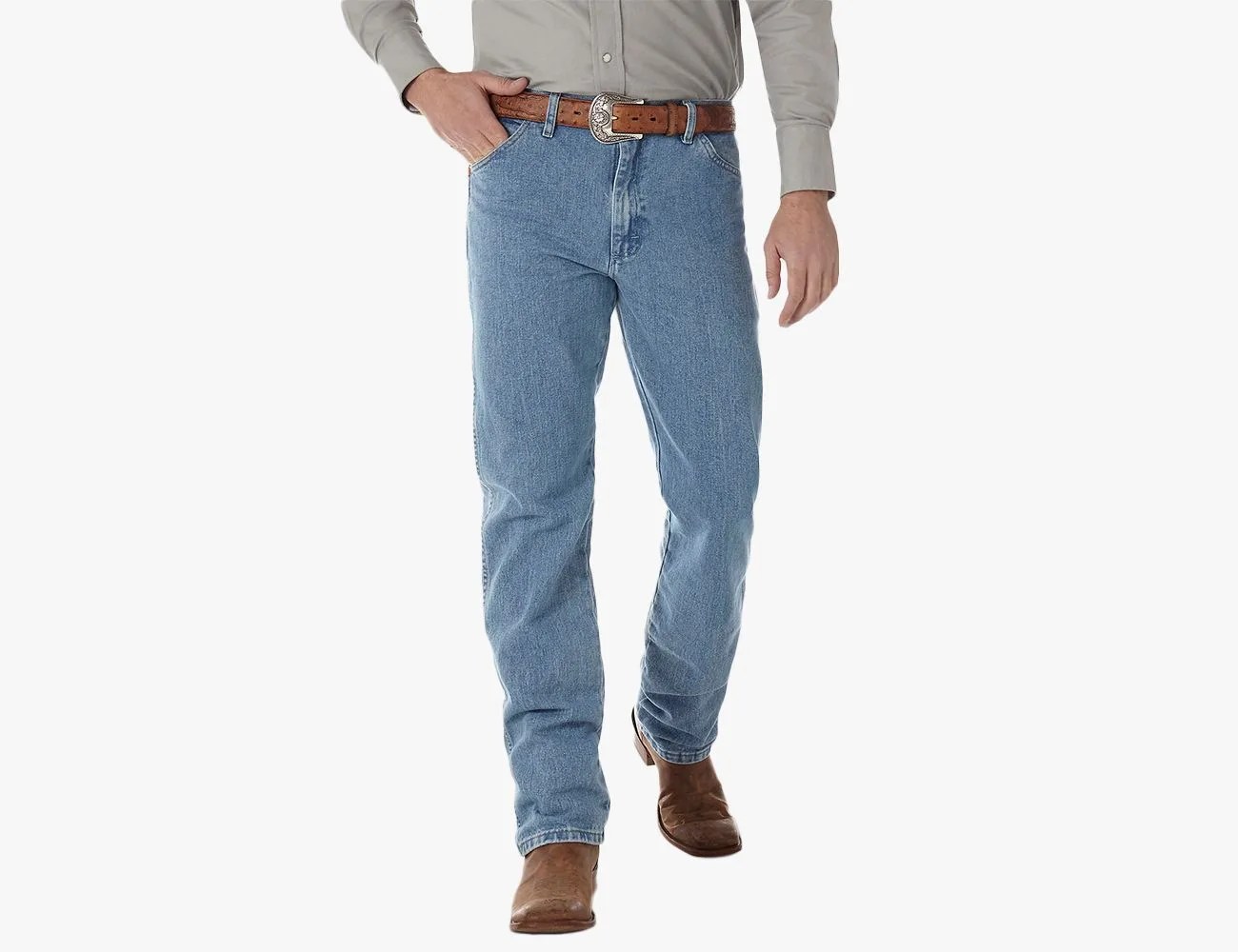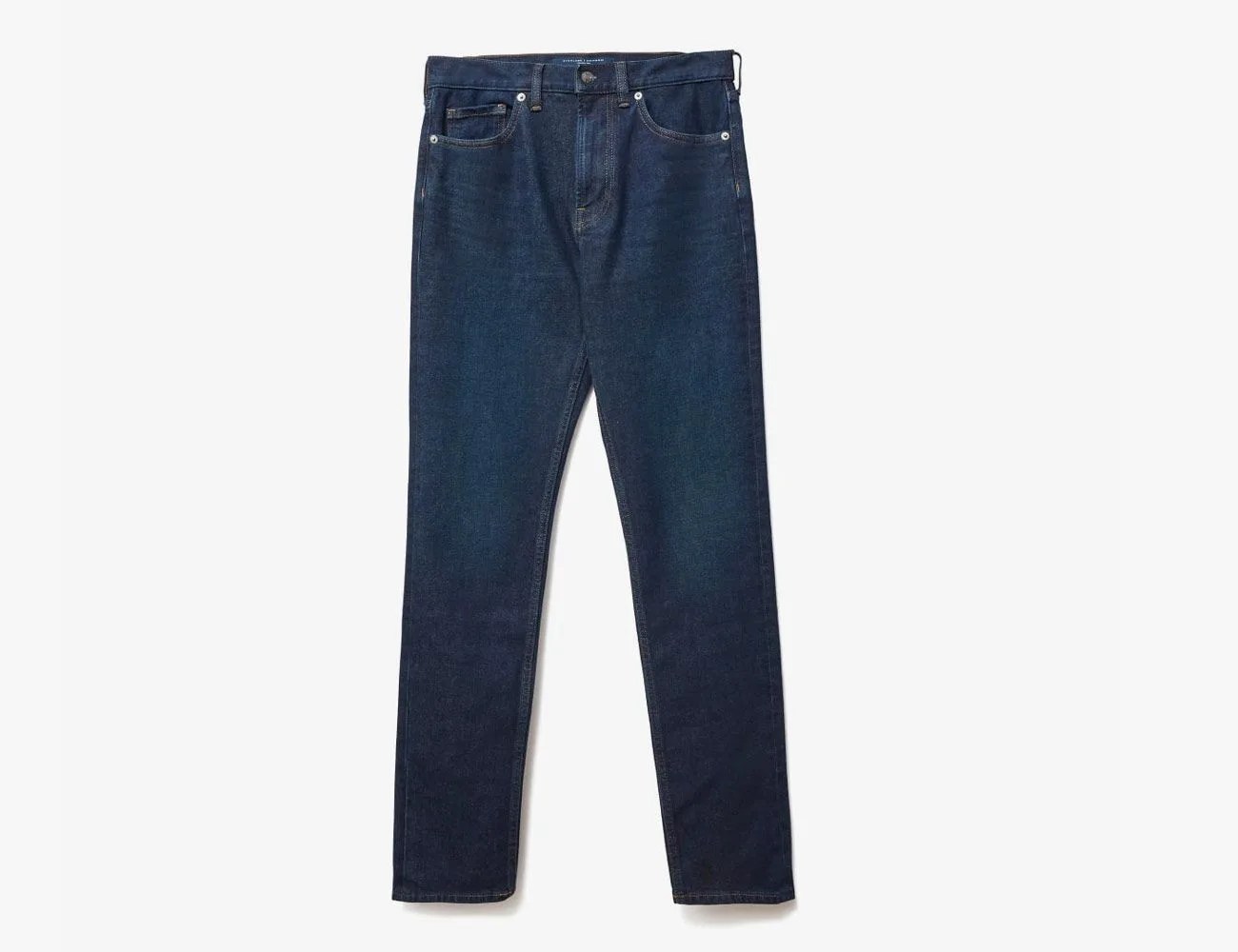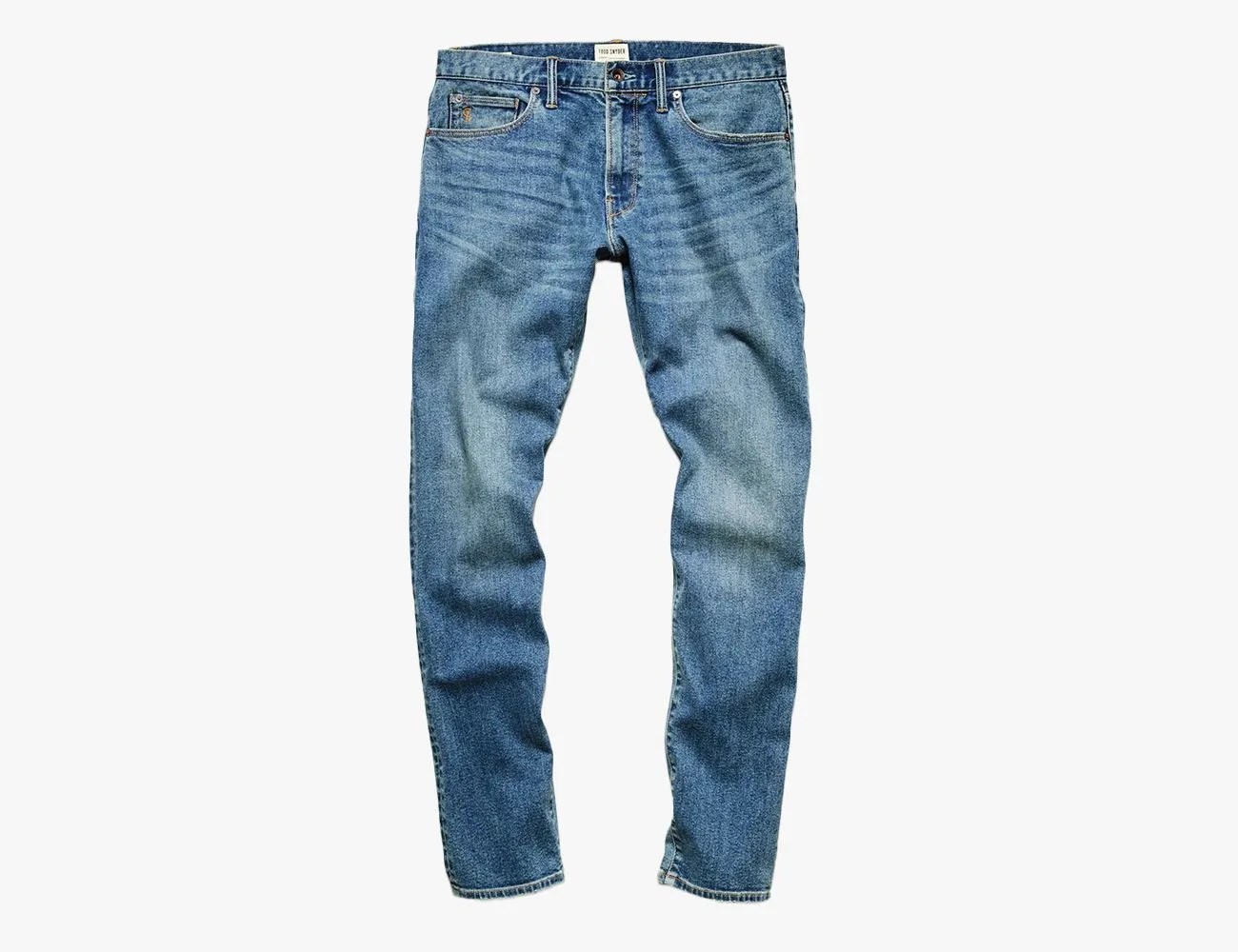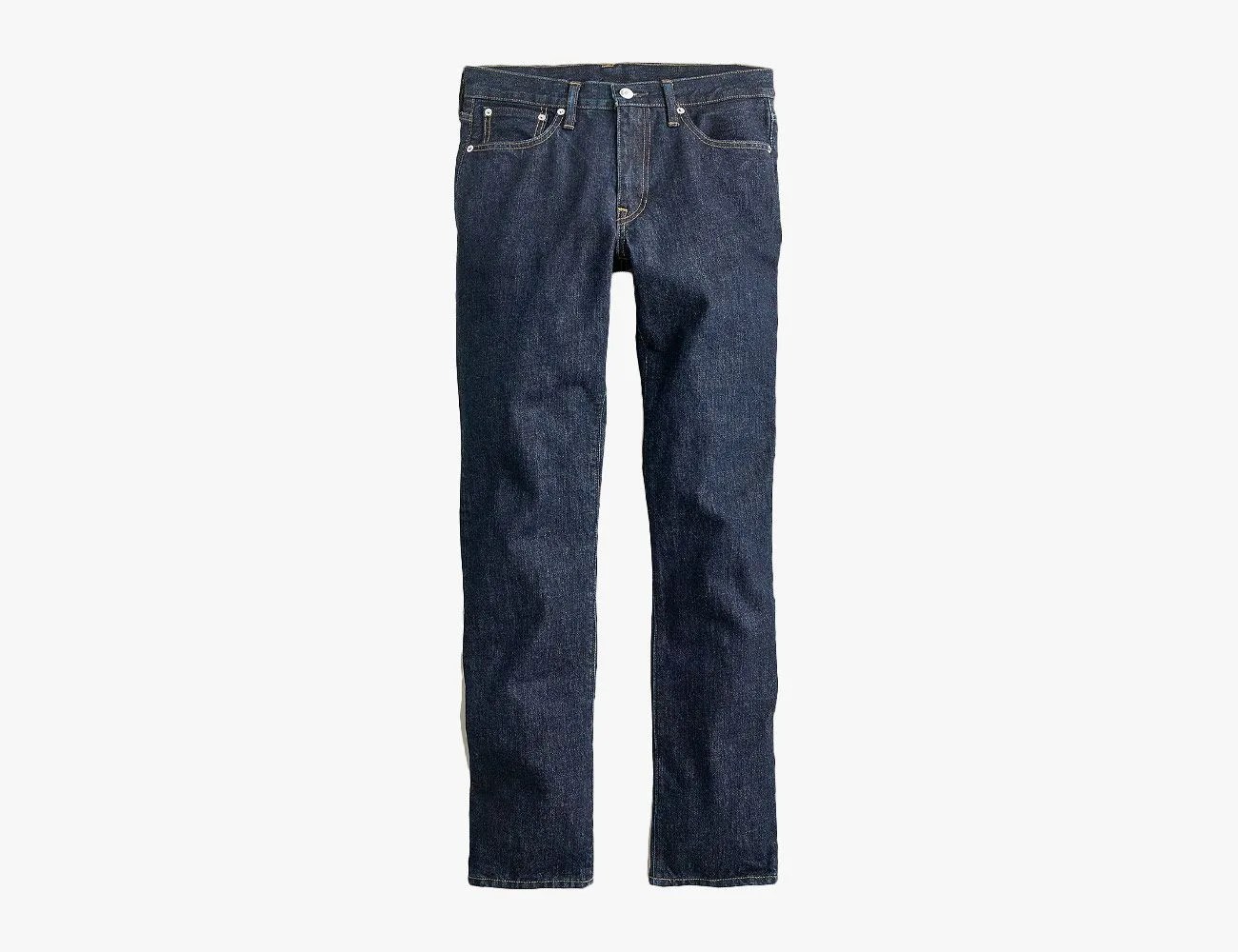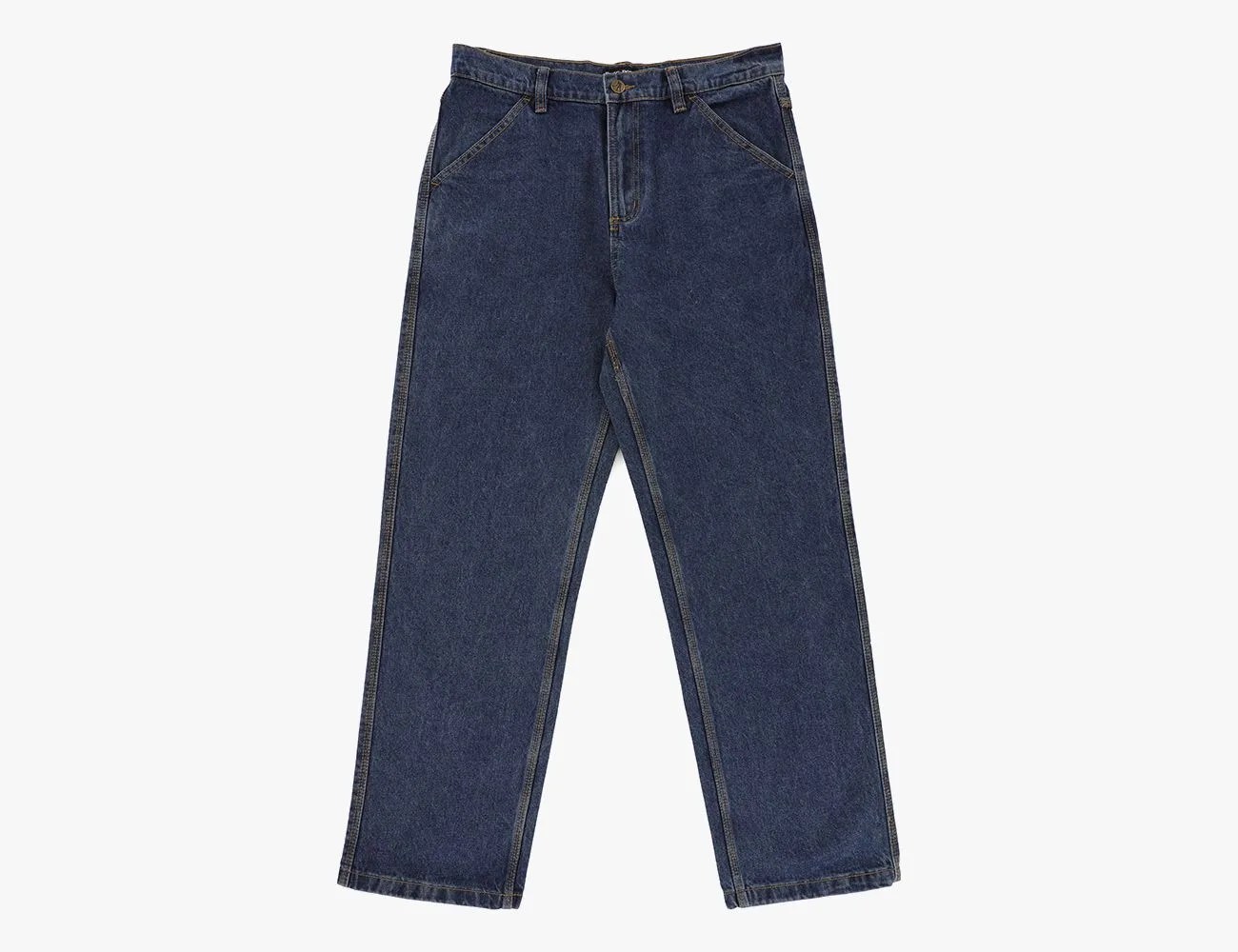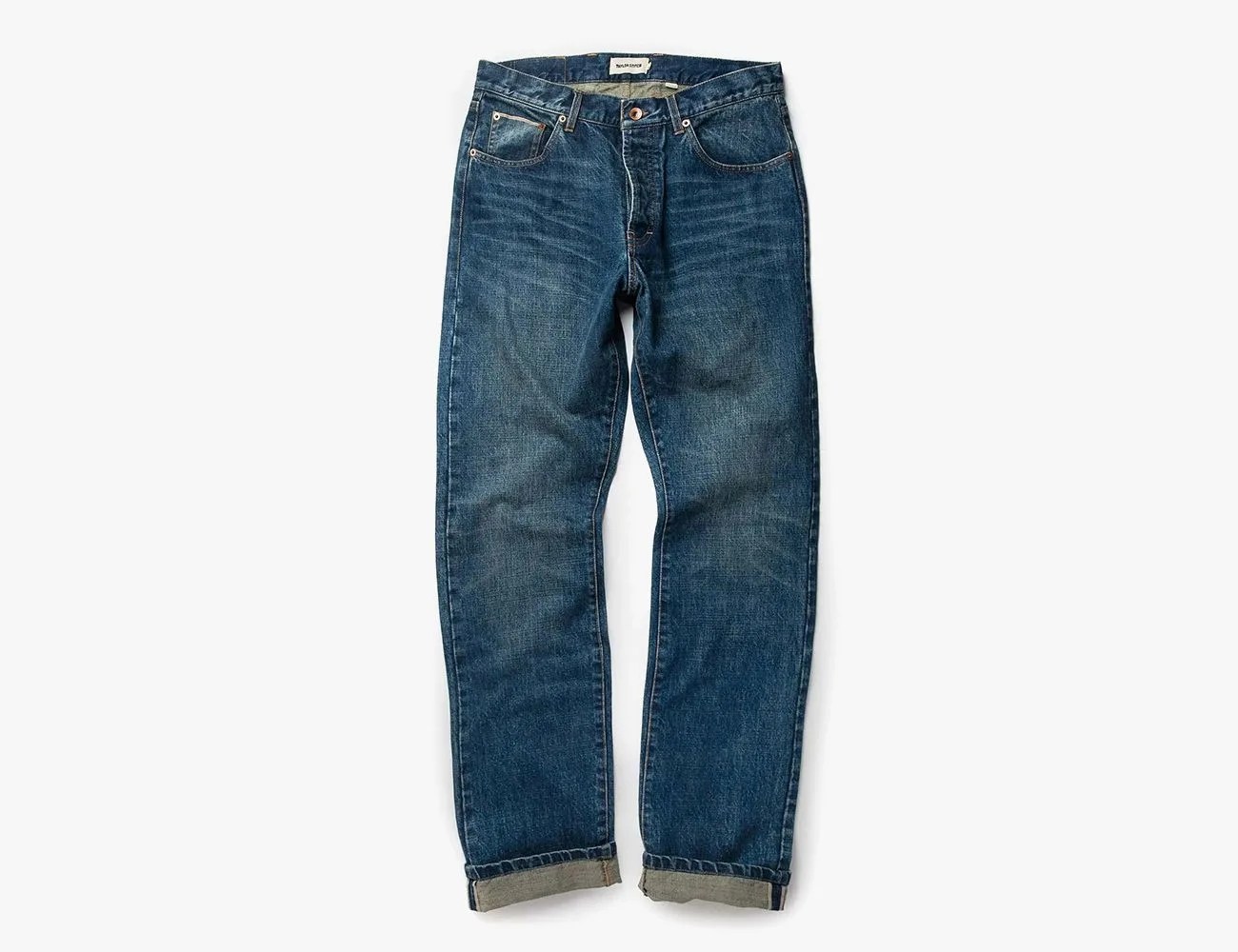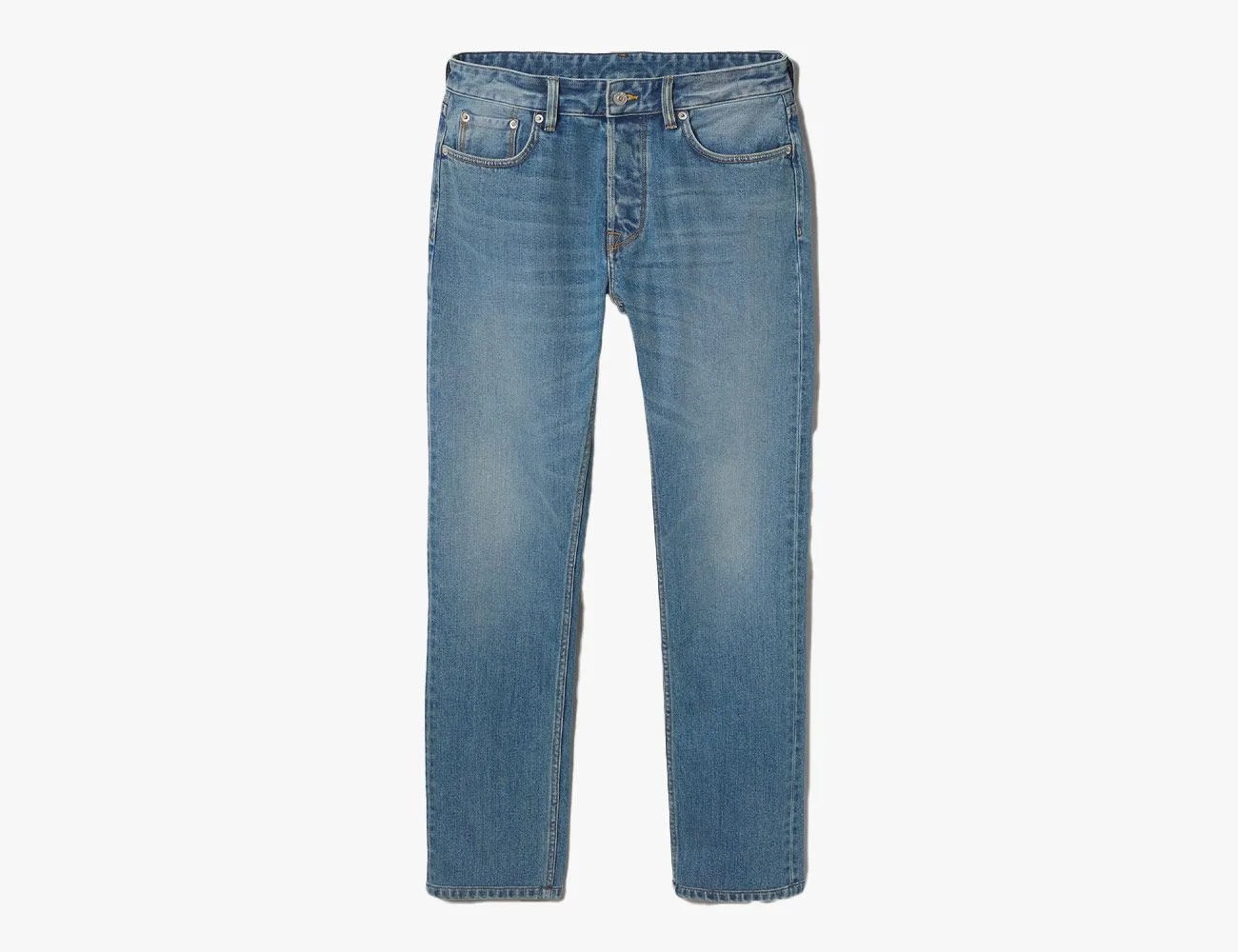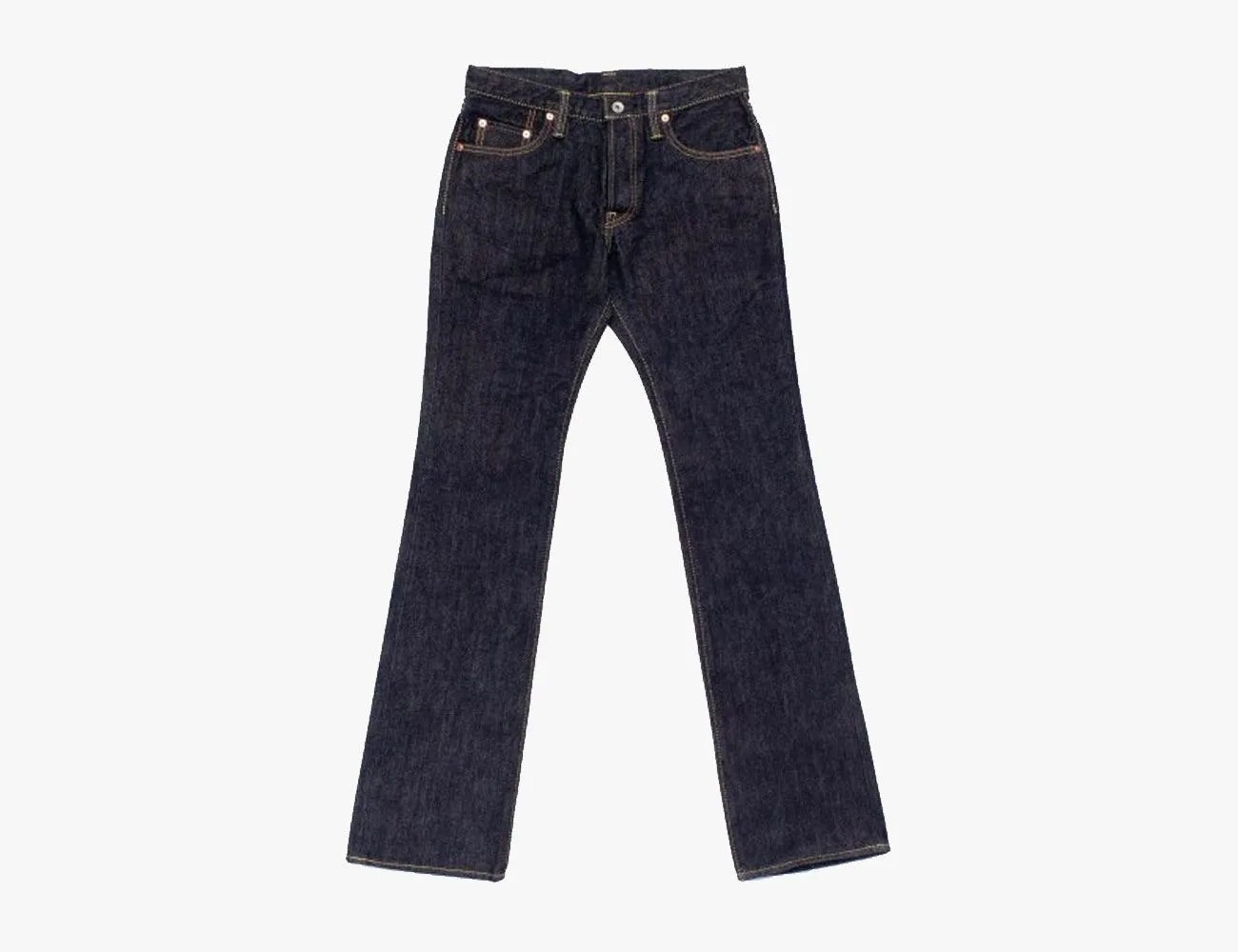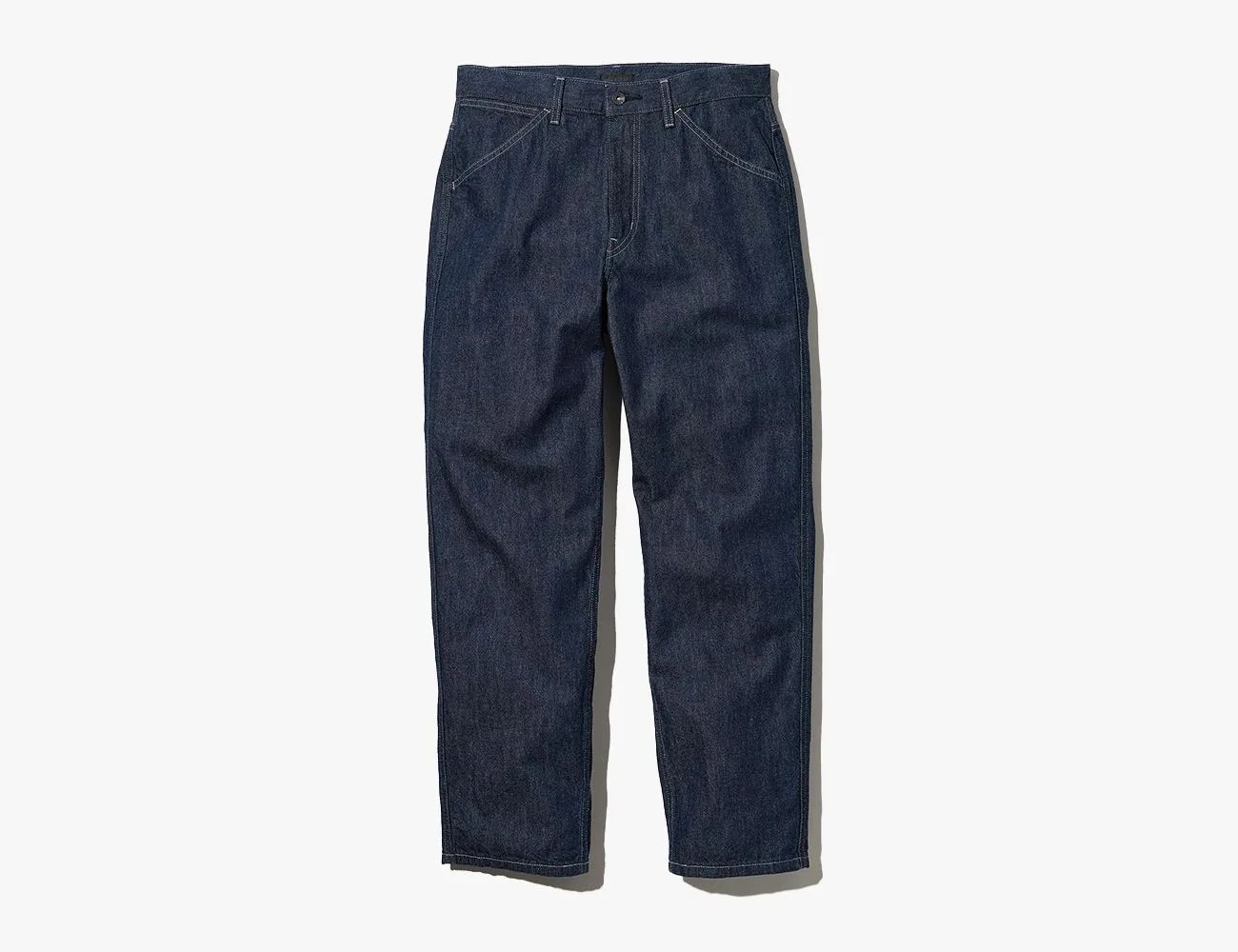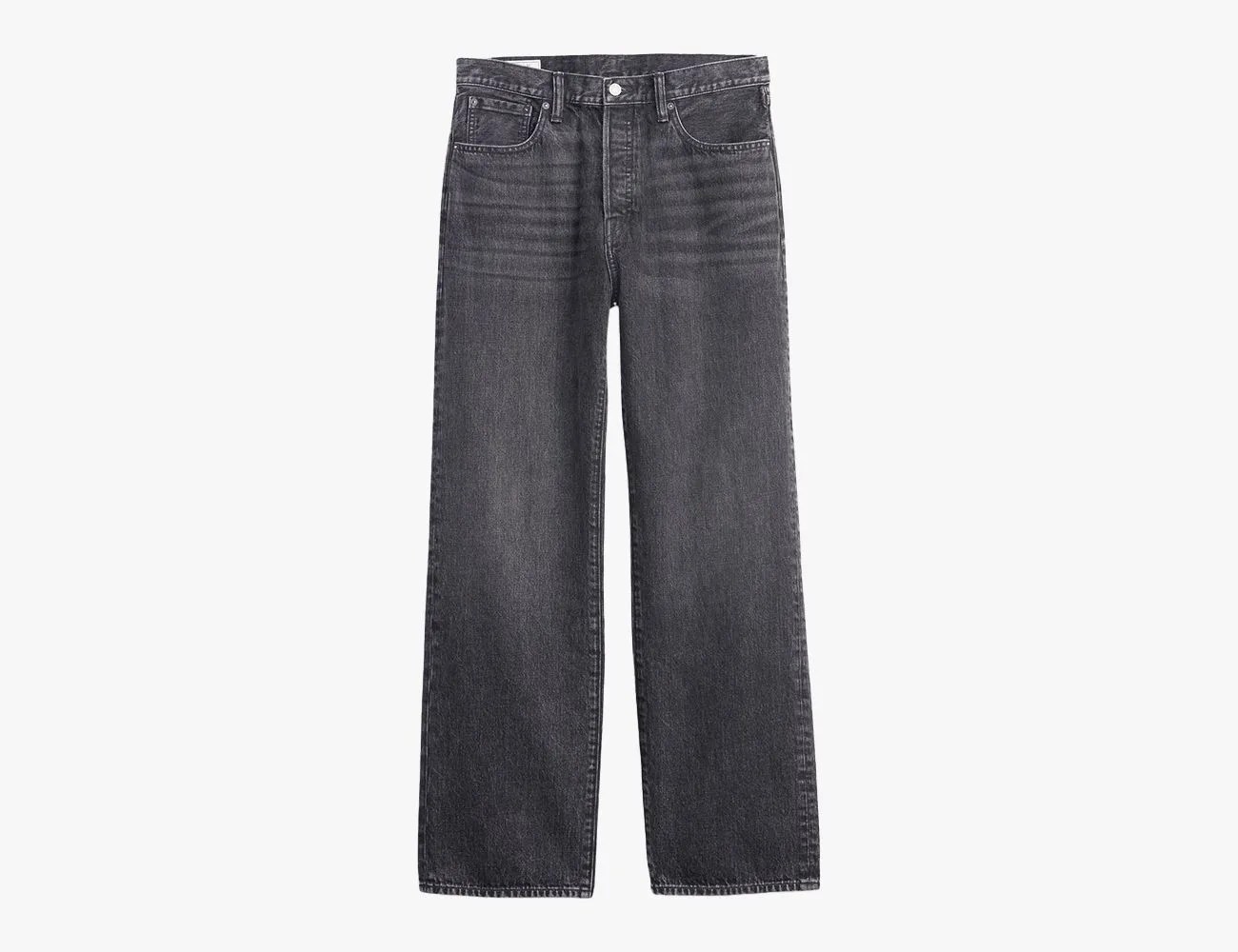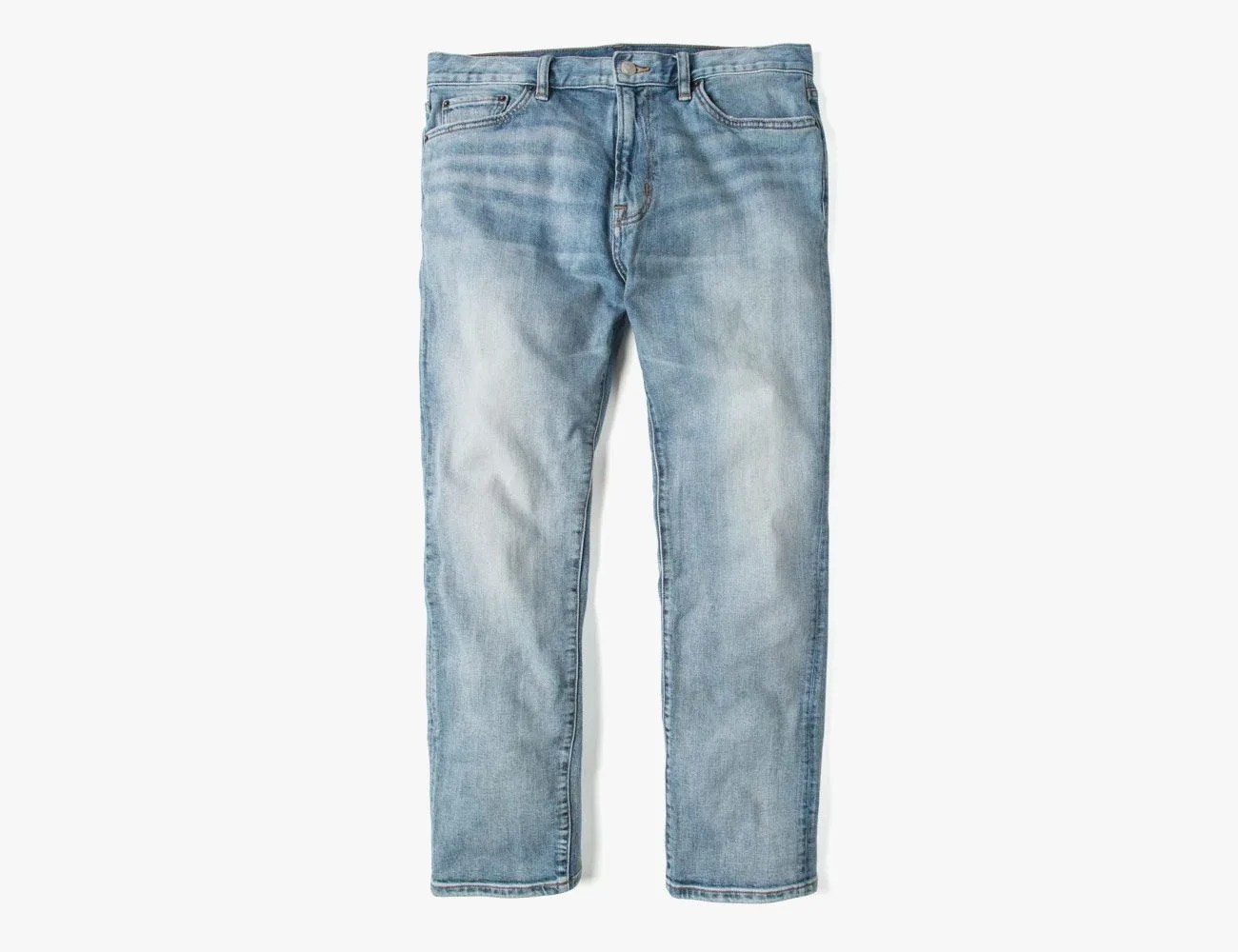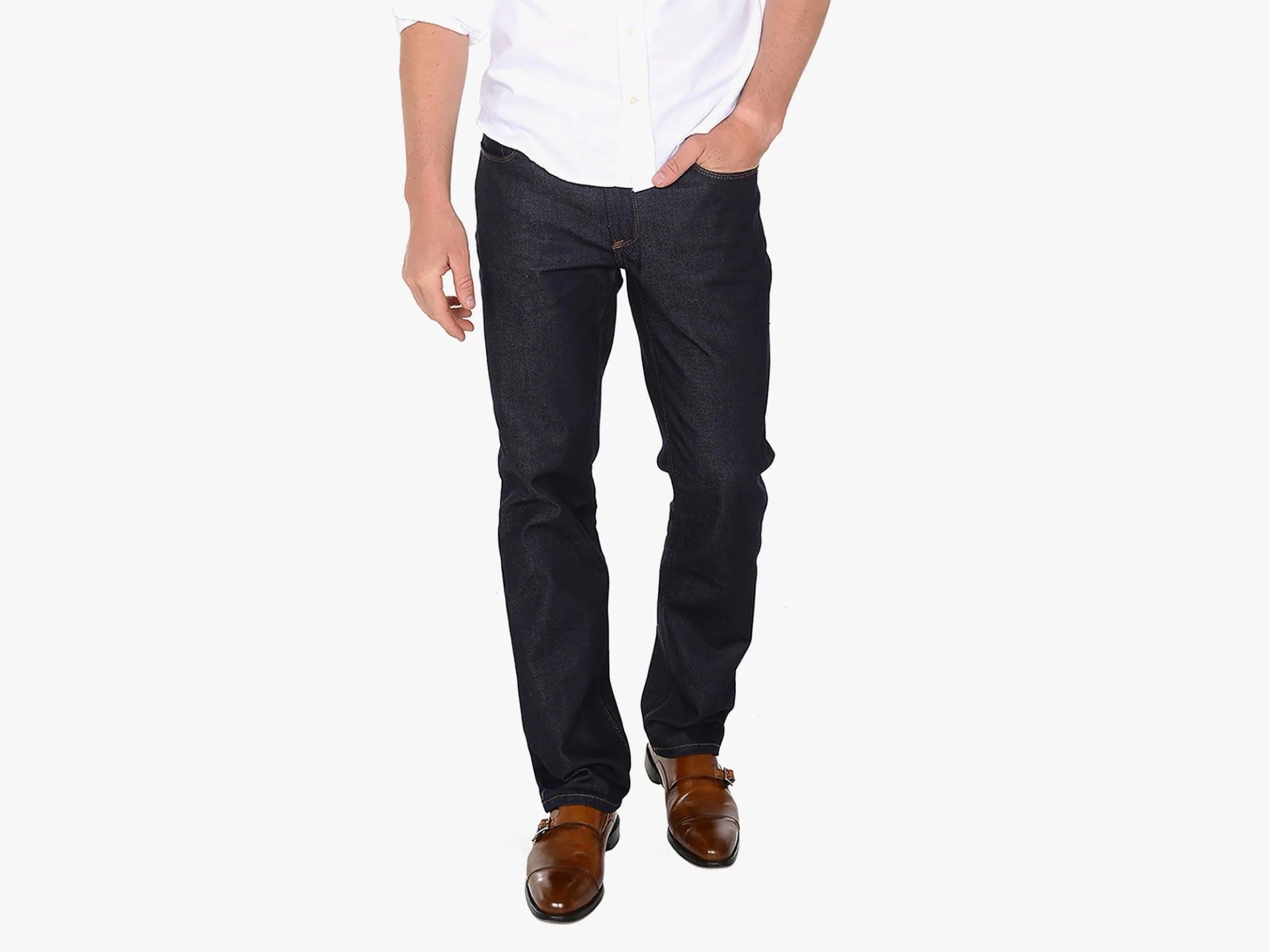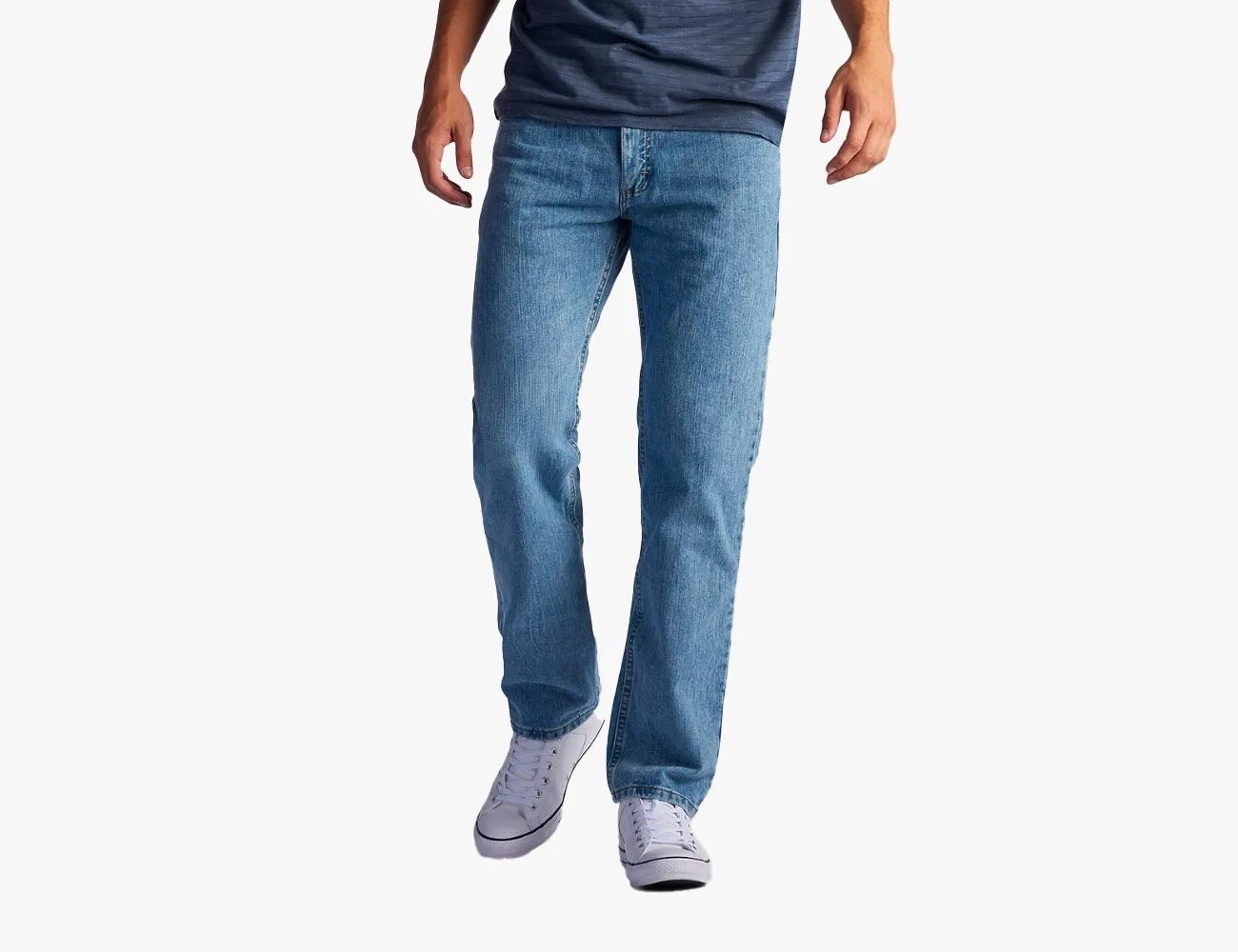A quality pair of jeans can be your go-to trousers for almost any occasion, from work to a date to a night out. They can also be found at just about any price and in an array of styles and washes. However, the sheer endlessness of available options can make searching for a new pair feel like a full-time job but don’t freak out. We’ve figured out the best brands to buy from for you.
Products in the Guide
-
Levi’s 501 Jean
Best Overall Men's Jeans
Read more -
A.P.C. Standard Jeans
Best Upgrade Men's Jeans
Read more -
Wrangler Cowboy Cut Original Fit Jean
Best Bargain Men's Jeans
Read more -
Everlane 4-Way Stretch Organic Jean
Best Stretch Men's Denim
Read more -
Todd Snyder Slim Fit Stretch Jean
Best Slim Fit Men's Jeans
Read more -
J. Crew 770 Jean
Best Bargain Raw Denim Men's Jeans
Read more -
Pass~Port Workers Club Jeans
Best Wide Fit Men's Jeans
Read more -
Taylor Stitch Democratic Jean
Best Organic Cotton Men's Jeans
Read more -
Buck Mason Ford Standard Jean
Best Japanese Denim Men's Jeans
Read more -
25oz Selvedge Denim Straight Cut Jeans
Best Heavyweight Men's Jeans
Read more -
Uniqlo Wide-Fit Jeans
Best Budget Big Jean
Read more -
Gap Loose Jeans with Washwell
Best 90s Style Men's Jeans
Read more -
Outerknown Local Straight Fit Jeans
Most Sustainable Men's Jeans
Read more -
Mott & Bow Straight Oliver
Widest Stretch Men's Jeans
Read more -
Lee Regular Fit Straight Leg Jean
Best Budget Regular Fit Men's Jeans
Read more
While die-hard denimheads embrace a fuller, workwear-influenced shape that references the 1950s, many guys are opting for a slimmer, more classic silhouette — sometimes with a bit of stretch. Never should they fit like yoga tights, but jeans with a cut that’s just a little closer to the body and streamlined through the leg remain an important part of every man’s wardrobe. On the opposite end, wide-leg jeans are just as in. Again, you shouldn’t take the trend to an extreme, but relaxed-fitting jeans have never been more flattering.
Jeans are versatile — they can be worn raw or washed and faded; there are cheap pairs; pairs made from hemp; expensive reproductions from Japan; and so on and so forth. “Denim has transcended all social classes and levels of fashion,” says Kiya Babzani, the cofounder of Self Edge, the world’s leading selvedge denim retailer, which started, fittingly, in the Mission District of San Francisco.
How to Buy Better Jeans
When buying good jeans, your focus should rest on two things: fabric then fit. High-quality jeans are often made from selvedge denim, a fabric that ages over time in a way that reflects the lifestyle and habits of the wearer. Even if you choose a pre-washed pair, though, they’ll fade and rub and shred in their own way, too, but less obviously.
Raw denim typically develops two distinct types of fades: whiskers, which are long creases found around the waist and crotch area, and honeycombs, which are fades behind the knees that look like honeycombs. Though a new pair of jeans made from raw selvedge denim can take up to a year to break in, the results are unique, and well-made denim will continue to age in a graceful manner for many years. “You don’t know how good a jean is until it’s worn in,” Babzani says.
Like I said, most jeans are offered in different washes and can even come pre-distressed. But according to Todd Barket, owner of now-shuttered Unionmade in San Francisco, these jeans “can feel inauthentic sometimes, like the work has been done for you.” Over time, selvedge jeans become an expression of yourself, and transforming them with constant wear is a dedicated hobby for some folks. For others, jeans are just clothes — a casual alternative to chinos.
